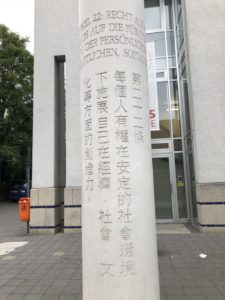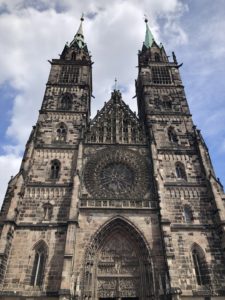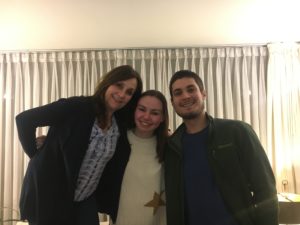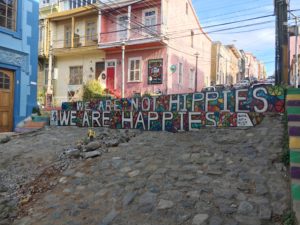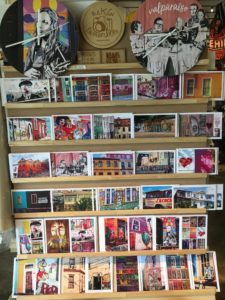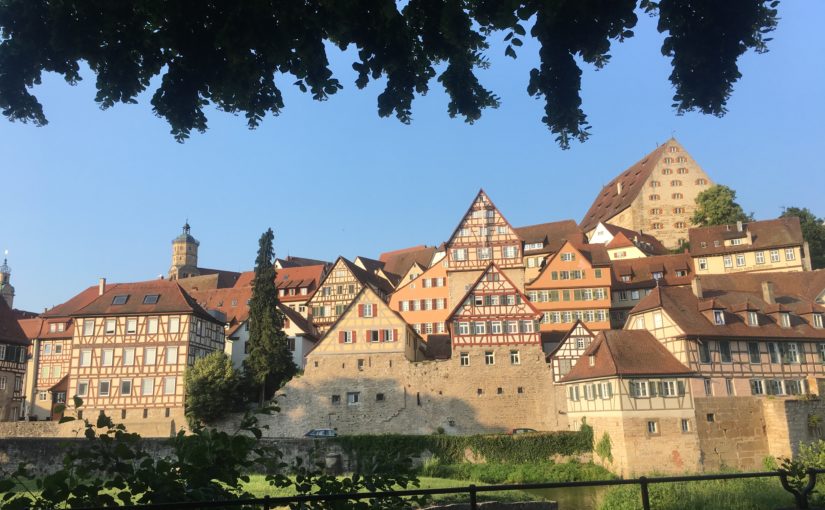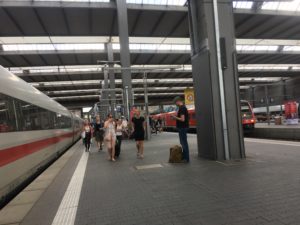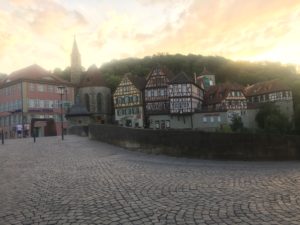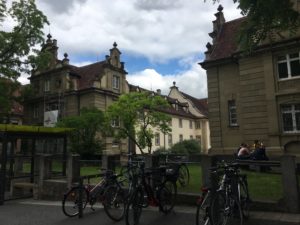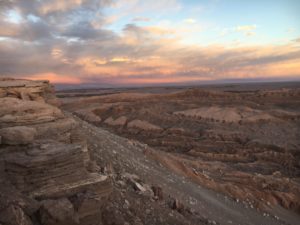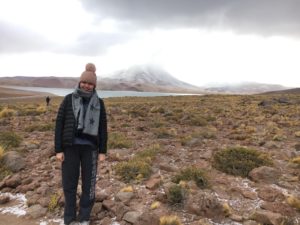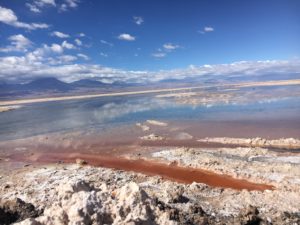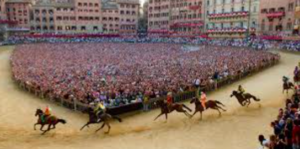
If you have spent any time traveling through the Tuscan region of Italy it is probably very likely that you have head of Siena’s great summer holiday “Il Palio”.
I briefly learned about “Il Palio” before I knew I was going to study Italian in Siena for the summer, and what I had learned about it was very vague and unmemorable. Either way, two days into my study abroad trip I had already encountered several people who briefly mentioned this holiday and so I was interested in finding out more.
I asked two ordinary people the significance of “Il Palio” and compared their responses to one I received from the tourist information office. You’d be surprised by how beautifully unique all the answers were!
I’ll start with the information I received at the tourist information office so that you all have a brief understanding of the history of this holiday.
Il Palio is a horse race that occurs twice a year during the summer, July 2ndand August 16th. There are ten horses and riders that participate and represent 10 of the 17 “contrade” of Siena. A “contrada” can best be described as a city region/ward. The two dates mentioned above have religious connections: July 2ndin honor of Madonna of Provenzano, and August 16thin honor of the Assumption of Mary. The historical origins of “Il Palio” began as sports competitions between the contrade that took place in the city’s central piazza. The first modern Palio took place in 1633.
The race consists of 10 of the 17 contrade so not all 17 participate at the same time. However, the 7 that did not participate in that month of the previous year are automatically included, the other 3 are chosen at random.
Now let’s go over the community responses I received about “Il Palio”.
The first interview I conducted was with a young lady who lives in Siena currently but grew up in a city a few miles away.
She explained that “Il Palio” is a very unique holiday that the people of Siena are very passionate about. It is a very important event for the Contrade of Siena, and people often spend weeks preceding “Il Palio” celebrating and preparing for the event. One moment she’ll never forget about “Il Palio” is leading up to the race when the announcer is introducing the competitors and the entire crowd falls dead silent. Thousands of people, still, silent and unified for a few moments in recognition of the sanctity of this beautiful holiday.
Lastly, she described the details of the race itself. She explained that the temporary “track” around Piazza Del Campo is not like a normal horse track. It is much smaller and the turns are much tighter, making it common for riders to fall off their horses. However, even if a rider loses his horse, if the horse still manages to come in first place without the rider, that contrada still wins the title for the year. “Palio” is also common place for corruption, which only increases the air of competition around the race.
The second person I spoke with was a young man who lives in Firenze but visits Siena often.
He explained that “Il Palio” is a truly beautiful experience. Not being from Siena he didn’t know much about the historical origins of the holiday, but he still loves to attend “Il Palio” every year. He said “The Palio is an event that beautifully unifies all the spectators, tourists and Italians, whether they are Sienase are not.”
He also went on to describe the details of the race to me. He explained that the race is a very short event, a small track that the riders complete three times, which is usually finished in about 90 seconds. And despite the fact that this event lasts only 90 seconds there is so much anticipation and excitement leading up to the race that makes every second worth it. He said that the most interesting thing about the race (to him) is the importance of tradition. Since the beginning of time there has been in a rule in place that the race cannot start until all the horses are in a straight line at the starting point. This can take 3 minutes to 3 hours. If the horses are off by even an inch the race cannot begin. It is VERY important that they all start from the same spot.
I’ve also began noticing the changes in preparation for “Il Palio”. Every week each contrada holds different events and parities to rally the spirit of their fans. On my way home from school this week I noticed the fence that has been erected in Piazza Del Campo marking out the course of the track.
After all my research on “Il Palio” I’m looking forward to seeing the event in person as well. Sadly, I made my plan tickets before I knew the importance of this holiday in Siena and the first race (July 2nd) is three days after I am scheduled to depart from Italy L. Oh well, that just means I’ll have to be back next year to see it in person.
A recap for my language learning process: At the end of my second week here I feel a lot more comfortable navigating the city by myself. Siena can be a labyrinth to navigate sometimes, but I have finally identified major landmarks and can navigate the city with ease.
Along with being able to navigate successfully, I feel a lot more comfortable and confident when conversing with natives even if my Italian isn’t perfect. Most of the time people are very happy to see a foreigner learning the language, and are often surprised by how well I speak! Other times, some people aren’t as willing and respond in English much to my dissatisfaction. But for the most part anytime I enter a restaurant or café I am speaking Italian.
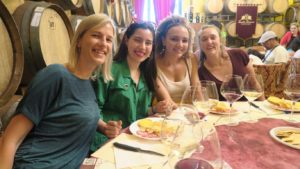
This week I made some friends at Dante Aligheri. They are all very unique and interesting. My class consists mostly of people older than me by 10-20 years and yet it is beautiful to see that friendship can be found in any age/culture. I really enjoy conversing with my friends from school whose primary language is not English, because this way Italian is clearest form of communication.
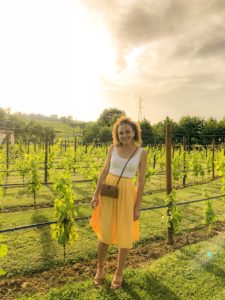
I did some sight-seeing of cities and areas around Siena, and visited the hot springs (Le Terme), San Gimignano and Chianti Castellina. The hot springs were so wonderfully relaxing and I was able to see another aspect of “la vita Toscana”. The people who live and work in the country side are very different from those I interact with in Siena. The following day I visited San Gimignano and Chianti Castellina. They were both very tiny but entirely beautiful. I also had the chance to visit the town my host, Azzurra, grew up in (Chiusdino). These towns are so tiny (less than 1000 people) but its so beautiful to see how rich the culture and community is.
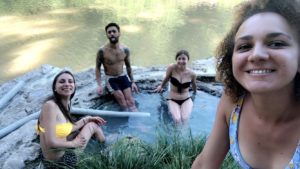
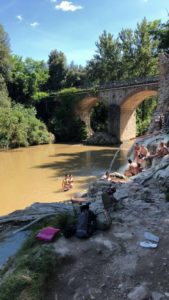
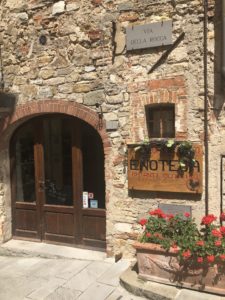
I am so eager to learn and converse! I am determined to make the most of my last 3 weeks here.
